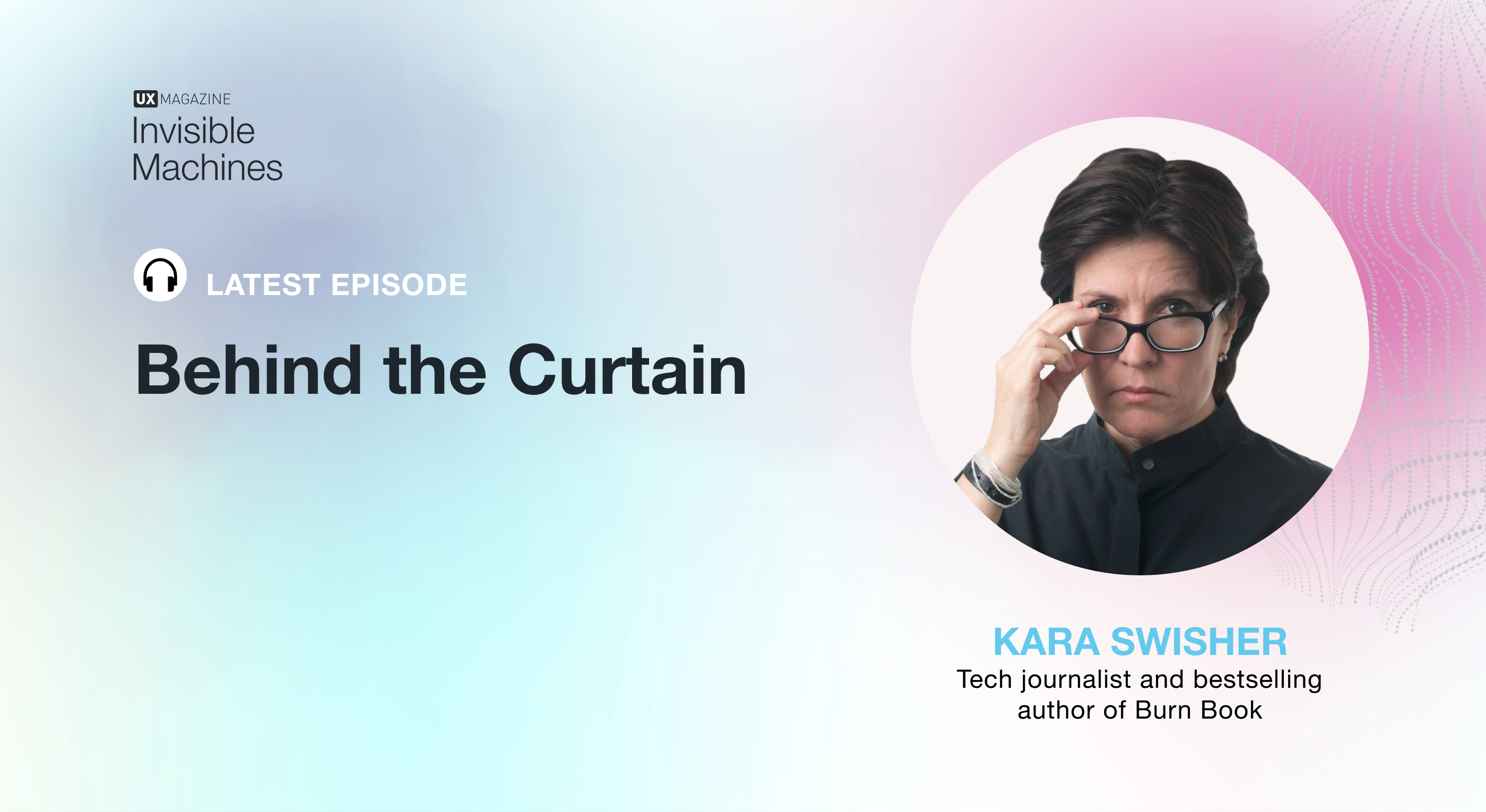Kara Swisher is a legendary tech journalist and author of the new bestselling memoir, Burn Book. Her Boom Town column in The Wall Street Journal covered the early days of the internet and she’s had working relationships with some of the key figures in technology including Marc Andreessen, Steve Jobs, Bill Gates, Jeff Bezos, and Mark Zuckerberg.
Burn Book provides an intimate portrait of the power brokers who are shaping our future from the unique vantage point of an embedded reporter. Robb and Josh welcome Kara for a lively discussion about where technology has been and where it’s going next.
Check out the episode here.








